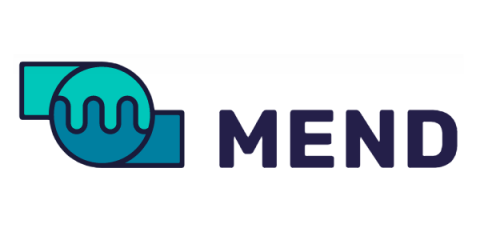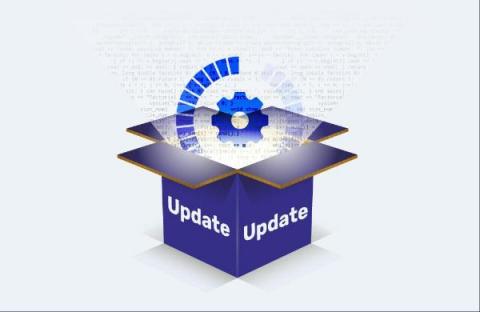How Software Supply Chain Attacks Work, and How to Assess Your Software Supply Chain Security
When it comes to applications and software, the key word is ‘more.’ Driven by the needs of a digital economy, businesses depend more and more on applications for everything from simplifying business operations to creating innovative new revenue opportunities. Cloud-native application development adds even more fuel to the fire. However, that word works both ways: Those applications are often more complex and use open-source code that contains more vulnerabilities than ever before.










